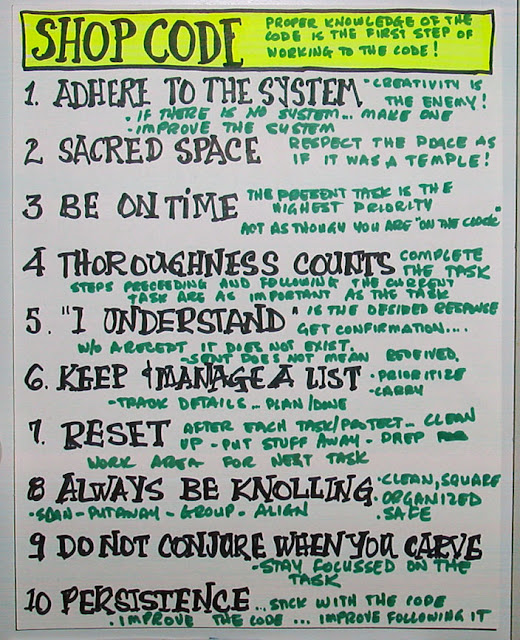Keeping the right proportions, measurements and symmetry are a challenge to every sculptor and carver. I use a few tools that for me, are critical and are always on the bench.
Next comes likely the most important tool...
Third is my gauges and markers. Most are not always on the bench but the are all within reach.
This is an example of the pattern transferring tool at work. here I am transferring the final size of this decoy to paper to be able to make a pattern for the next generation
On this bird, I decided that I wanted to raise the angle of the head a bit but I had already taken too much took off to simply cut away some more at the back of the head. I decided to put in a wedge of sorts, but the head and the cavity that I carved for it are curved.
 |
| I used teh template maker to get a profile of the curve. I then made a paper template that I transferred to a pice of wood and cut out on the band saw |
 |
| Test fit of the wedge...nearly perfect. |
 |
| Wedge glued in with 5 minute epoxy. |
 |
| The head fit perfectly onto the new wedge and here it the newer and better profile. Something is still bothering me about the head though. more to come |

































































